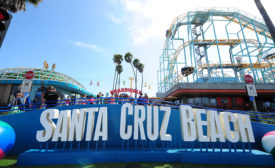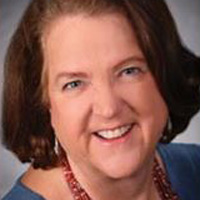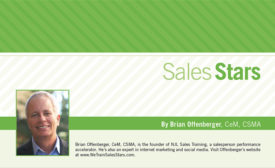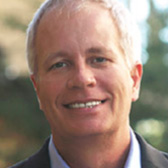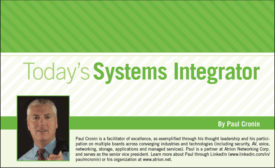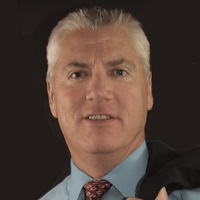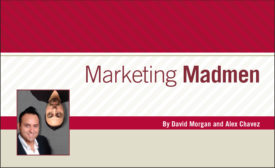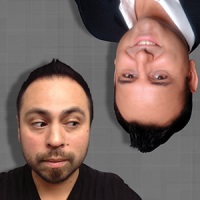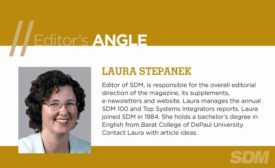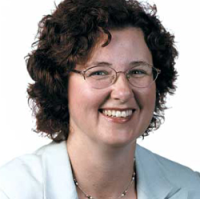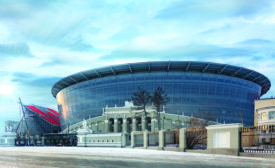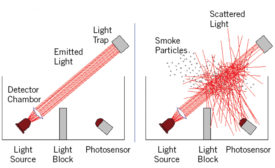Trends & Industry Issues
Surveillance Technology at the 2018 World Cup
Security technology was a playmaker for World Cup 2018; due to its effectiveness, the event occurred largely without incident.
November 1, 2018
Security as Playmaker at the World Cup
The 2018 World Cup required the involvement of a significant number of service providers and installers, complex integrations, and years of planning to provide physical security to the stadiums. Here’s a peek at a slice of that work.
November 1, 2018
Security Leadership Gained, Leadership Lost
Learn about these four negative habits or traits that can diminish your respect as a leader.
October 29, 2018
Thinking Outside the Box About CO & Smoke Detectors
Fire and life safety codes determine critical CO and smoke detector functionality — and that’s a good thing. But products can be even better when manufacturers think beyond code requirements.
October 22, 2018
Be in the forefront of security intelligence when you receive SDM.
Join over 10,000+ professionals when you subscribe today.
SIGN UP TODAY!Copyright ©2025. All Rights Reserved BNP Media.
Design, CMS, Hosting & Web Development :: ePublishing
